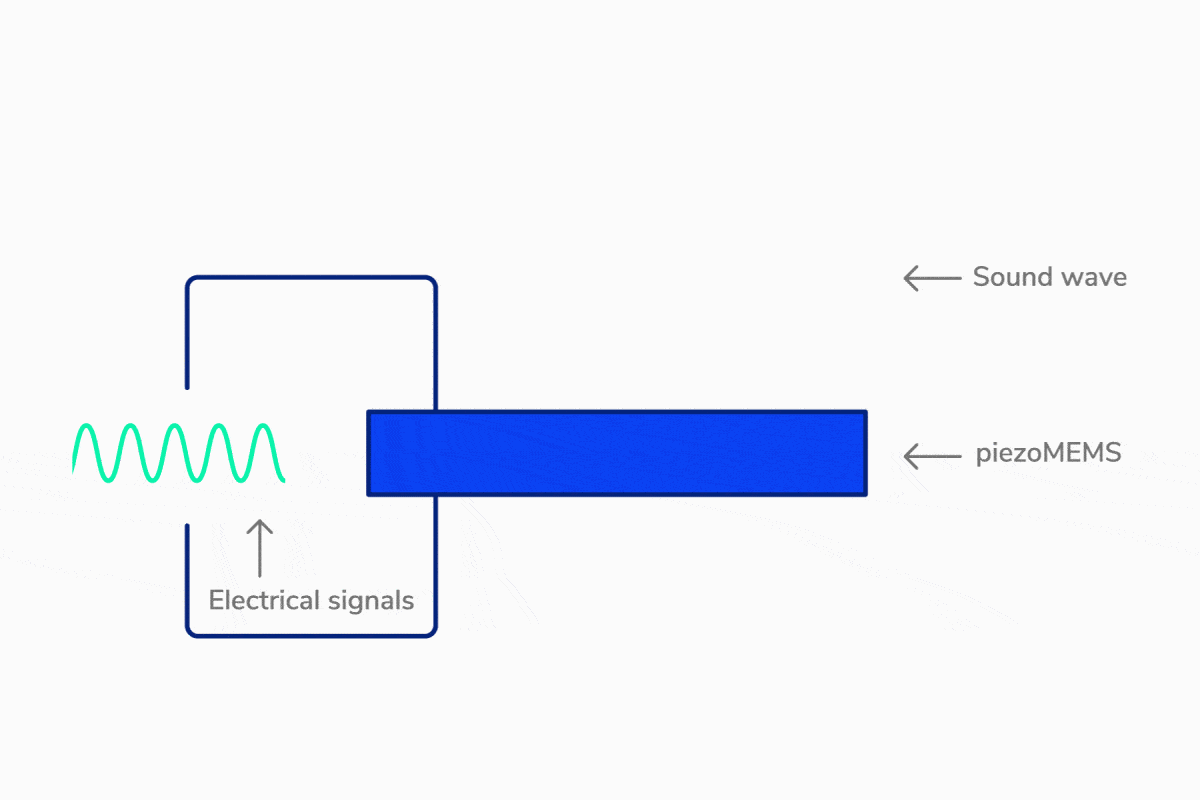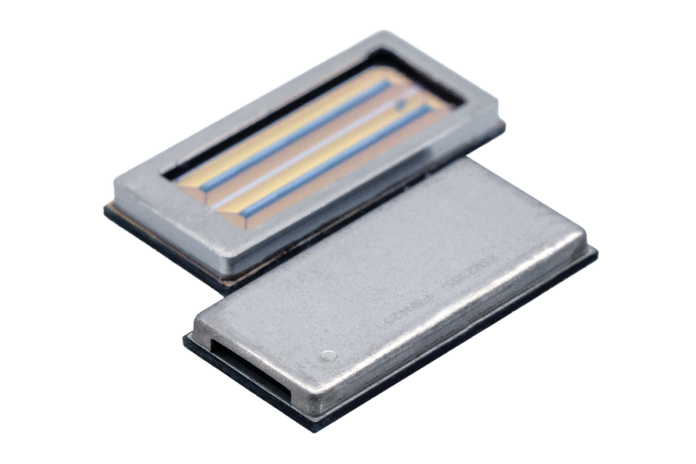A Sneak Peak at xMEMS Market Disrupting Solid-State Silicon Drivers
Something game-changing is quietly brewing in the in-ear market.

The team from audio technology company xMEMS stopped by the MajorHiFi office in Manhattan this week to give an early preview to a project that is nearly finalized. The tech in the spotlight? Silicon solid state drivers. This isn’t a planar driver, and definitely isn’t a dynamic driver, but rather, an altogether new design that will be seeing the light of day, and perhaps mass adoption, sooner than you may think. xMEMS has some big announcements on the horizon that I won’t be divulging here; but in the meantime, here’s a peak at the fundamental concepts contained in their drivers/microspeakers, and what listeners can likely expect from IEMs and wireless buds in the near future.
What’s Special About xMEMS Silicon Solid State Drivers?
When a driver was shown to me prior to the demo, all I saw was a speck-sized computer chip that was 1mm thick. Within that chip resides the wonder of solid state design. No moving coil, no magnets. Instead, we see piezoMEMS material converting electrical signals into sound-producing mechanical movements performed by an integrated silicone membrane.

To be clear: this is quite different from the piezoelectric drivers that have been getting thrown into cheap audio products for years. PiezoMEMS actuators deliver full and fluid driver movements that are capable of outperforming current moving coil driver designs in a number of ways.
- Rigidity is one of the most important qualities that goes into material considerations for driver designs. Silicon is offers much greater rigidity than the common metals used in current popular designs.
- Solid state means strict uniformity. Manually assembled moving coil drivers are subject to flaws and and undesirable idiosyncrasies that emerge in large-scale production. Printed solid state drivers remove this variability and keep driver performance consistent.
- xMEMS silicon solid state drivers use significantly less power than traditional driver designs and are a fraction of the size. For wireless buds, this means smaller and more ergonomic designs with improved battery life.
And finally, quite simply, the perplexingly superior technical performance offered in xMEMS drivers. We see exceptionally fine tuned phase characteristics, and an extra accurate treble range due to the ultra-high resonant frequency of silicon. But what really had me the most excited to get these these drivers into my ears was their reported speed. Mike from the xMEMS team showed me the impulse response times (how fast a driver can start and stop producing a sound) of the Montara Plus compared to planar and dynamic drivers alike. xMEMS driver speed is astounding, to say the least, with response times at a literal fraction of what’s currently on the market. It was the sort of data I had to hear for myself to fully grasp.
My Experience Trying xMEMS Montara Plus Silicon Solid-State Driver
I was given a discreet, 3D printed wired IEM that contained the xMEMS Montara Plus microspeaker. Mike from xMEMS informed me that the drivers have a perfectly flat response until EQ’ed by a manufacturer, or by DSP. I was experiencing the latter, using a DAC from…a-yet-to-be-revealed well known company that contained the necessary piezo-compatible component to drive the Montara Plus. The applied EQ was basic, with simple Harman-like gain in the treble region.
I started by listening to an acoustic guitar track that was on the xMEMS recommended test track playlist before moving on to some of my own test tracks, including “Sin Donnes” by Juana Molina and “Reborn” by Colin Stetson.
- The first thing I noticed, that took all of five seconds of listening, was an astounding realism and detail present in transients. The guitar player’s pick hitting a note on an acoustic guitar presented layers of texture in a flash: the plastic of the pick, making contact with the copper string, scraping for a moment against its wound ridges before disappearing and instantly ceding itself to the resulting fundamental tone.
- The cacophonous swells in “Reborn” were kept pristinely articulate in the face of their intensity, with the Montara Plus driver effortlessly dissecting and separating the dense and complex arrangement.
- I had an elusive never-heard-that-before moment when listening to the intro of “Sin Donnes,” as I had an easter-egg sound in the intro revealed to me within the thick sub bass present throughout the song. Spades of low end timbre details presented themselves here, which is no small feat a driver of this size dealing with aggressive sub-bass textures.
In a nutshell, the silicon solid state microspeakers coming out of xMEMS are fiercely analytical, fast, and tight. One quality worth pointing out is the lack of physical thump or slam – this isn’t to say it’s light on low end, but rather, simply lacks the diaphragm movements of dynamic or planar drivers that produce these qualities. If you want more of those tactile sensations, no worries: the second IEM xMEMS had me try contained a two way cross-over driver configuration, split between a standard dynamic driver for the low end and the xMEMS Montara Plus for the mids and highs. This piece gave me rumble and slam in the low end while maintaining the tight, solid state accuracy in the rest of the frequency spectrum.
While this is ultimately a matter of personal taste, I preferred the unrivaled clean sound of the single-driver Montara-only IEM to the DD + Montara unit. Part of the appeal of going single-driver with xMEMS is the virtual elimination of phase (which can arise from crossovers) and getting to experience the ruthless speed it has to offer all across the frequency spectrum. However, I am seriously looking forward to seeing how more (not-yet-to-be-disclosed) well known manufacturers will incorporate xMEMS drivers into future configurations.
The Cherry on Top: Market Disruption
So, how much will this cutting edge driver tech cost? Will it be confined to high brow audiophiles with deep pockets? Nope. According to xMEMS, we’ll soon see this in wireless buds and IEMs under $1,000 – perhaps even less, but I don’t want to reveal too much here on xMEMS behalf. The cost of production for xMEMS silicon solid state drivers is surprisingly inexpensive, all things considered.
There’s an old audiophile adage that’s popular these days, something along the lines of “Everything has already been made, we’re just putting different tunings on it.” xMEMS is setting this cliché on fire with their silicon solid-state drivers. Keep an eye out – though it may be hard to miss.
Read more about what xMEMS is up to by checking out their site here.
Compare the ranking of various headphones, earbuds and in-ear monitors using our tools.
Discuss this, and much more, over on our forum.
---MAJORHIFI may receive commissions from retail offers.














